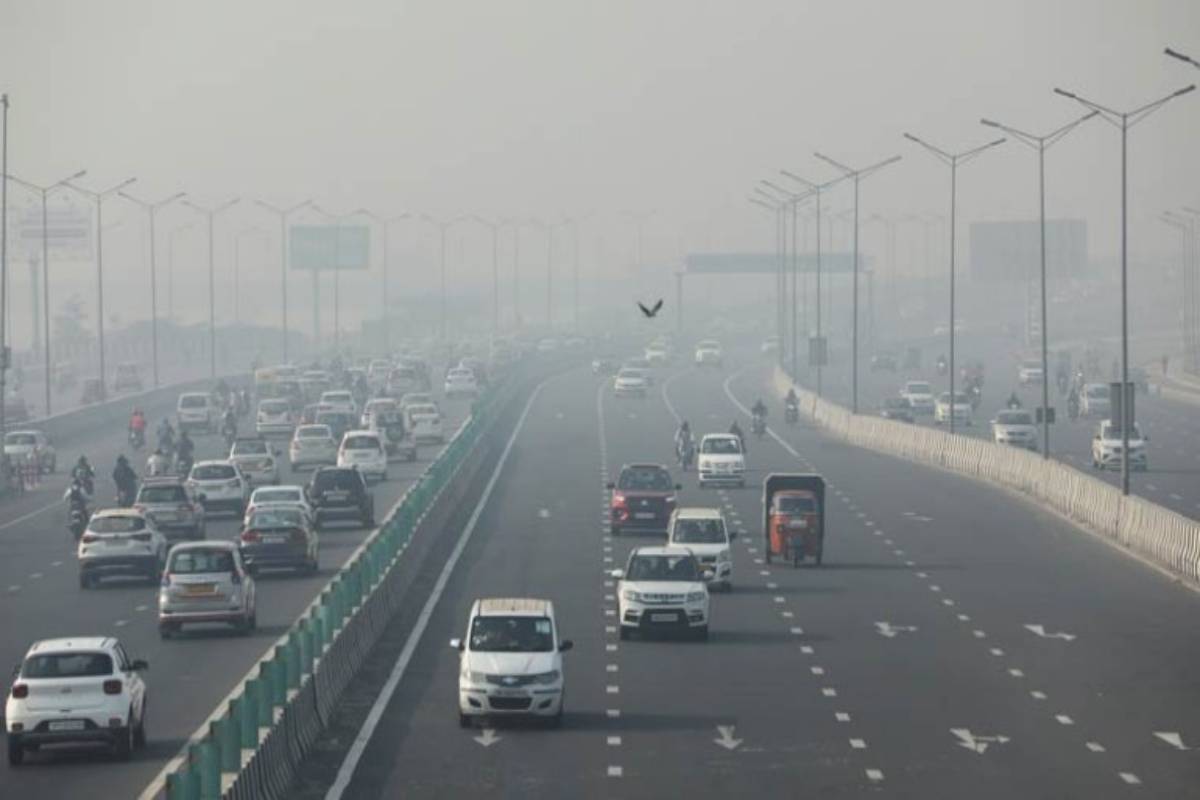Infant dies, five injured in roof collapse in Delhi
According to police officials, the incident took place at around 3 am while the family was asleep.
Notably, there was no place in Delhi where the AQI reading was in the ‘severe’ zone on Sunday.
Statesman News Service | New Delhi | December 3, 2023 10:22 pm

Representational image (File photo)
The Central Pollution Control Board (CPCB) on Sunday measured the national capital’s Air Quality Index (AQI) at 314 and marked it in the ‘very poor’ category.
The city air quality slightly improved over the past two days with the average AQI level on Sunday measuring 58 points less in comparison to Friday.
Notably, there was no place in Delhi where the AQI reading was in the ‘severe’ zone on Sunday.
Advertisement
According to the CPCB daily bulletin on Sunday, the worst air quality in Delhi was recorded in the Mundka area at 370. The CPCB bulletin was based on observations at 35 out of the 40 air monitoring stations across the city.
The city’s prominent pollutant responsible for spoiling the air remained to be the PM 2.5 micro particulate matter, the CPCB said.
According to the Indian Institute of Tropical Meteorology’s (IITM) air quality early warning system for Delhi, the city’s ventilation index is likely to be 6000 m2/s on Monday.
As per the air quality monitoring agency, the ventilation index is lower than 6000 m2/s as the average windspeed of less than 10 kmph is unfavorable for the dispersion of pollutants.
The national capital’s adjoining areas like Gurugram, Noida, Ghaziabad and Faridabad recorded AQI levels in the ‘poor’ zone, with values less than 300 points.
Meanwhile, the Indian Meteorological Department (IMD) forecast a possibility of very light rain or drizzle that may help in making the air slightly better, as it helps in dispersion of the pollutants.
Dense fog is expected in Delhi on Monday morning, the IMD forecast said, and added that the minimum temperature will hover around 9 degrees Celsius.
Anti-pollution measures and actions under the Graded Response Action Plan (GRAP) stages – I& II are underway in full swing across the city by the agencies concerned to prevent the situation from reaching ‘severe’ levels.
Special teams deployed by the Delhi government in the pollution hotspots across the city are performing their tasks non-stop while water sprinkling is being done along the busy roads and identified areas in a bid to keep a check on dust.
The biomass burning and vehicular pollution are also being strictly monitored by the agencies, as lately, they were pointed out as the prominent cause behind the recent spike in the city’s air pollution levels.
Delhi Environment Minister Gopal Rai said a couple of days ago that there was an increase in biomass burning in Delhi’s surrounding areas and that its effect was reaching Delhi.
Claiming that 611 teams had been deployed across Delhi to keep a check on biomass burnings, Rai had urged people to report such anomalies through the Green Delhi App.
Advertisement
According to police officials, the incident took place at around 3 am while the family was asleep.
VK Saxena was speaking at a cultural evening-cum-dinner hosted for the delegates of the 46th World Heritage Committee at the Purana Qila.
Delhi BJP President Virendra Sachdeva urged the Anti Corruption Bureau (ACB) to take suo moto cognizance of the irregularities behind the drain cleaning and initiate an inquiry against concerned agencies.
Advertisement

